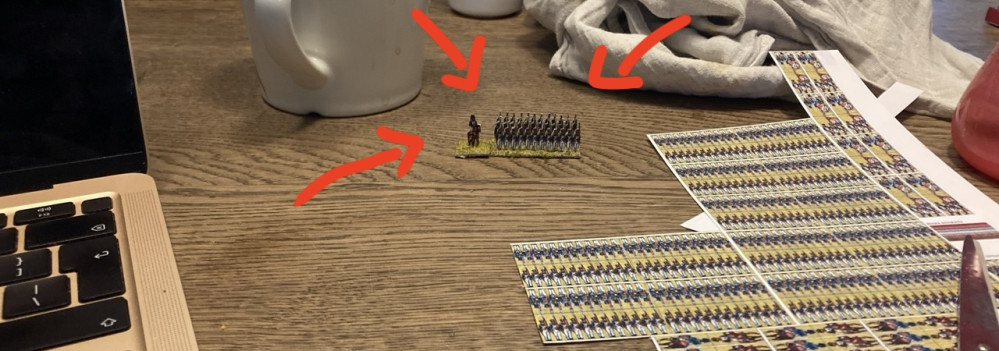
Dipping my toes into Napoleonics
Battle report: The Battle of Derevushka, the End
Badly wounded, the Imperial Guard and 2nd Line limped towards the edge, which was just within reach! The voltigeurs attempted to distract the Russian cuirassiers and hasitly fired at them. This caused some casualties, but not enough to stop them. The French cannon, attempting to support their allies, took a shot at the Russian 2nd line infantry, but found it difficult to hit them.
Meanwhile, the Polish satellite infantry and the 2nd cossacks fought a skirmish of their own. The Polish deployed to line and fired upon the elusive cossacks, wounding some. The cossacks, in turn, returned ineffective carbine fire, which seemed to annoy them at most…
After defeating the chasseurs à cheval, who had held their ground so valiantly, the Russian cuirassiers were finally able to charge french 1st Line infantry. The stood no chance and were wiped out, but not without taking some of the heavy cavalrymen with them!
This meant that only the Grenadiers needed to be stopped and the Russian artillery let loose a barrage to do just that. Be it tenacity, be it luck, the Grenadiers kept marching.
Thus, as a first move in the next round, the Imperial Guard reached the table edge (read: Russian supply lines and command centre), which meant that the Russian side had to remove two units, bringing them down to two remaining units, and thus concluding the bloody Battle of Derevushka. Officially the French won the battle, but with only three units remaining themselves, you ask yourself at what cost. If history had paid attention, they might have seen this as a forshadowing of the brutal Battle of Borodino.
Afterthoughts
It seems a long time ago since I cut into that first strip of paper about half a year ago and now I have completed my first Napoleonic battle.
Could I have done it faster? Perhaps. It was the perfect hobby, however, for those small stolen moments in between family and work life. Cutting the units always gave a half an hour of meditative contemplation in the train to or from work. I didn’t need much hobby space to lay out paints and miniatures. Just a pair of scissors and some strips of paper.
Gaming it
Then, once I’d finished the armies, I cleaned up the table next to my desk in my home office (I’m very much aware of this luxury!), and turned it into a Napoleonic battlefield. On Wednesdays during my break I’d then play a round, or perhaps in the evening when I was alone. This was slow, but fine. The ruleset was quite intuitive and required very little looking up, even with a week between each round.
This was the first time I did solo wargaming. I’d worried that I’d see through my own clever plans recursively, imploding the game into a singularity of disillusionment. Furtunately, I clearly didn’t know what I was doing, so there was little to see through. On a more serious note: I found out that I was very much able to focus for each side on what made sense for them and act accordingly. This may sound vague, but made sense and actually remained exciting. A part of me does wonder whether the game was so close because it was the same guy commanding each army…
The rules
This brings me to the ruleset. I’ve given allusions to and snippets of the rules here and there over the course of this project. I have no idea whether this was enlightening or confusing for you.
As I’ve mentioned before, the rules are easy and intuitive to understand. This allowed me to play a round with almost no interruptions from leafing through the rulebook. I really like that the army lists require you to pick a minimum of certain units, making sure that the armies do not consist of four units of artillery with four units of cuirassiers, but actually reflect the period. I was skeptical of the fact that every army gets eight units (or six if you’re playing an old style army during the revolutionary period), since I was worried about how you’d reflect the inbalance between opposing armies, which supposedly defines most of historical wargaming. I found out during my first game, however, that the obligatory unit choices do reflect some of the imbalance, albeit not in size. The cossacks were fast, but seemed useless at times (although this may be more due to my being inexperienced as a Napoleonic commander). Another example is that the Grande Armée army list has to include a unit of satellite line infantry, which has worse moral than their regular French counterparts in this ruleset.
I can imagine that certain choices in the rules will frustrate some (especially veteran?) players, like that cossacks cannot charge anyone ever. I do not know enough of the period to draw any firm conclusions on these. What I do know, however, is that the game was fast and fun.
One thing where I can comment on the brevity of the rules, however, is that some examples would have been nice. There is a battle report at the end of the book, but it does not go into the technicalities of the rules. As such, I haven’t been able to find out what Neil Thomas meant by:
“Any remaining wounds are carried over to the next combat.”
It took four wounds to remove a base, but did he mean that if you scored three wounds, they were only carried over to the next and discarded afterwards? Or did this mean that you should just track the number of wounds until you can remove a base? I went with the latter.
Also, after the close combat phase, the losing side is supposed to retreat in a straight line backwards, either half a move while facing the enemy, or a full move facing away from the enemy. When they run into another unit while retreating, the retreating unit is removed from battle. But he didn’t mention anything about table edges. I can imagine that a table edge would also remove a retreating unit, but I felt this was too severe in my case, where the table was relatively small. I therefore allowed a retreating unit to retreat along the edge. This led to an advantageous retreat here and there, but in the end I think it did allow for a more interesting game on the flanks. All in all, the brevity was not game stopping and could be solved with some common sense and imagination.
Can I recommend Napoleonic Wargaming by Neil Thomas? If you, like me, haven’t played any Napoleonics before, I think this book is perfect for you. It gives you some history, an overview of tactics used and a quick ruleset to play your first games. If you’re a veteran player, I honestly don’t know. I’m curious to hear your thoughts!































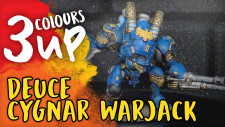
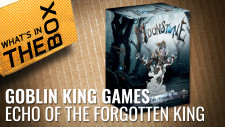
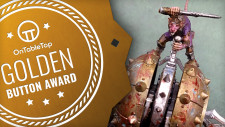


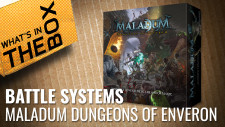




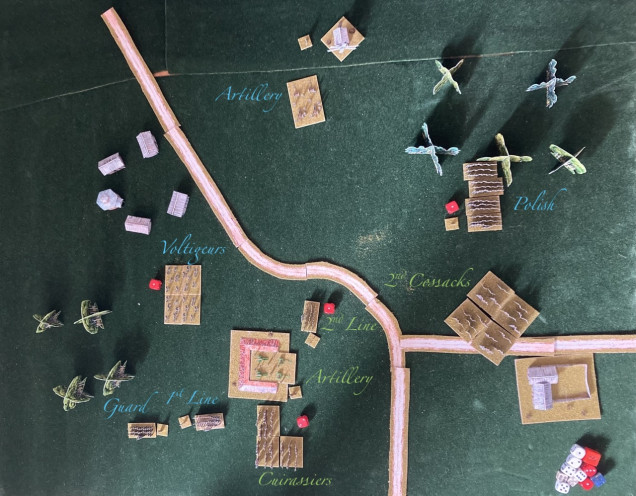
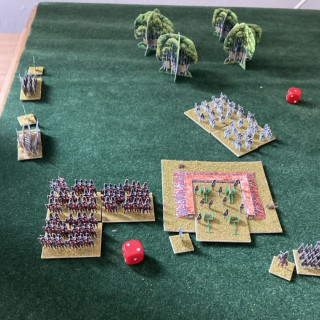
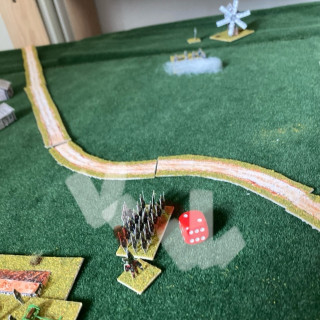
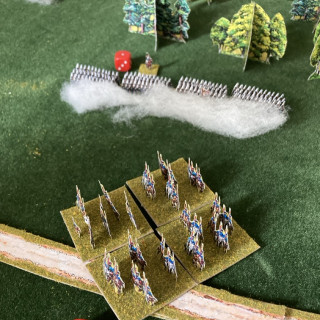
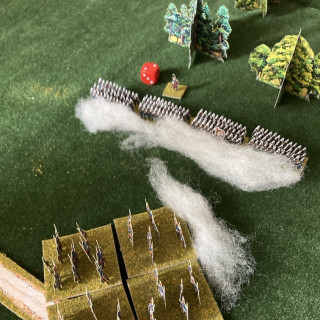
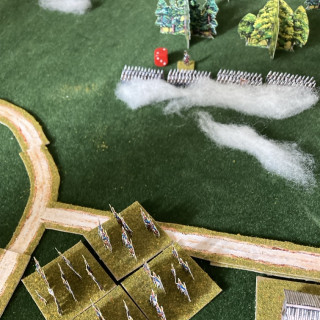
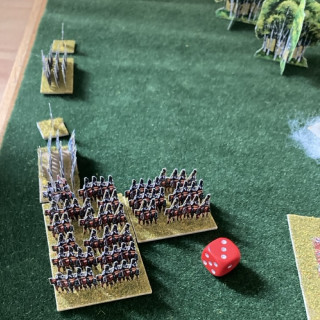
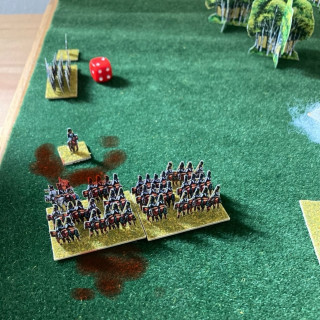
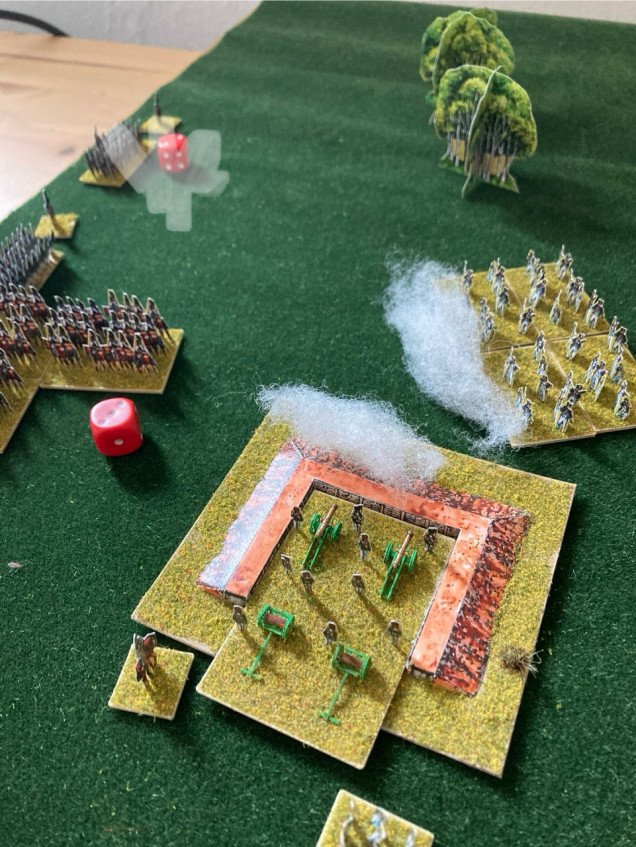
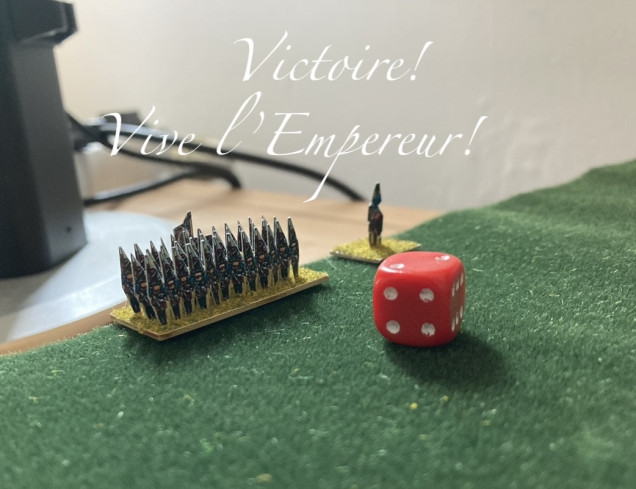

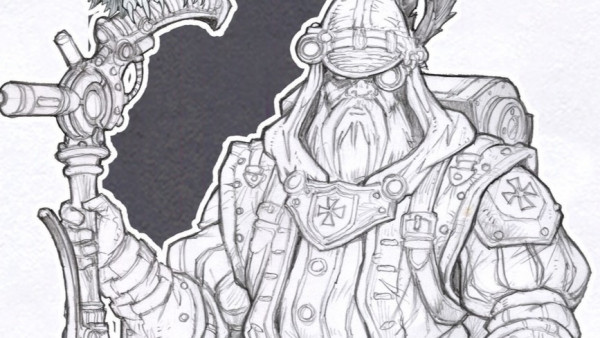
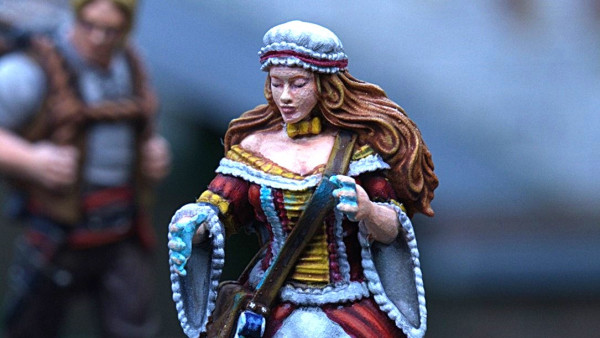
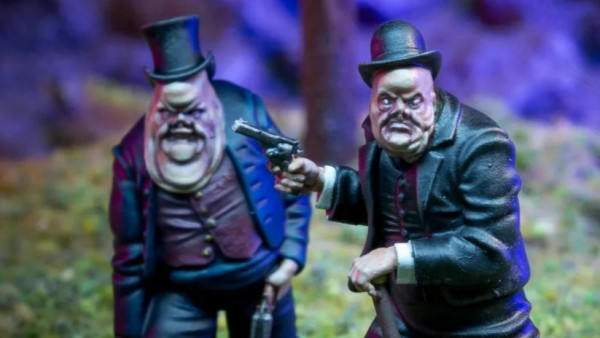

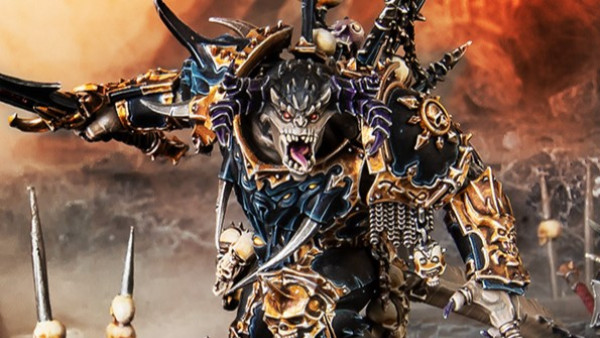
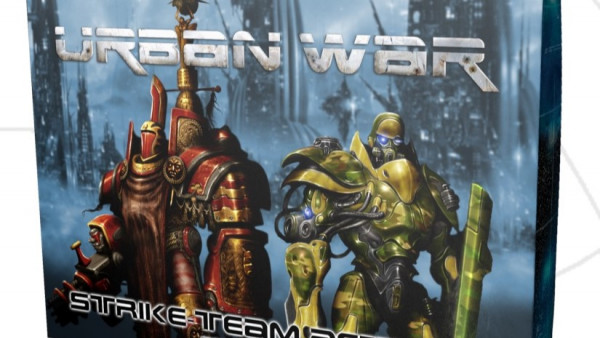
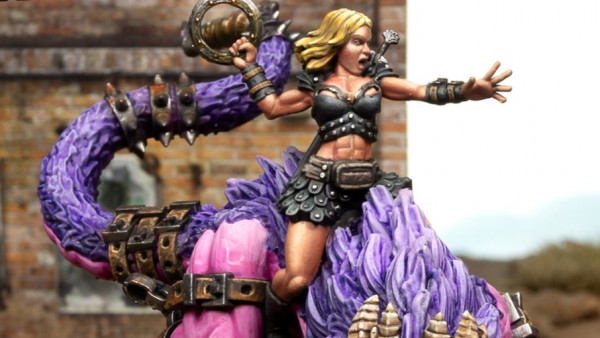
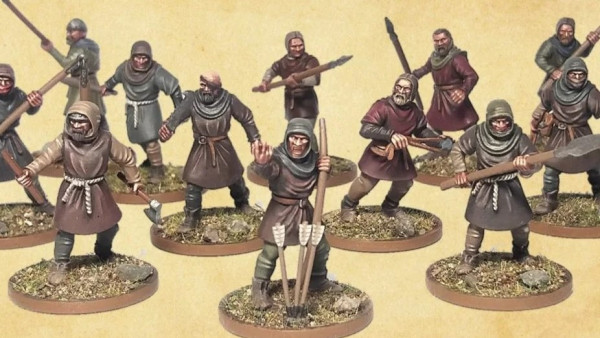




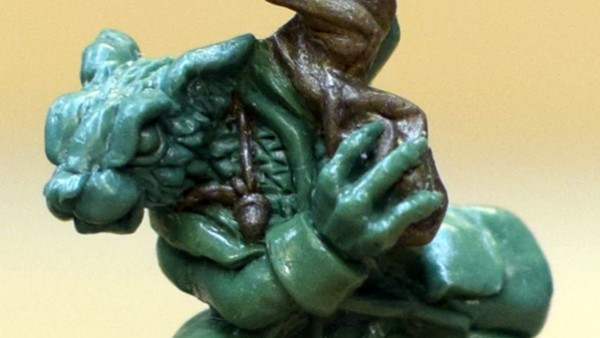

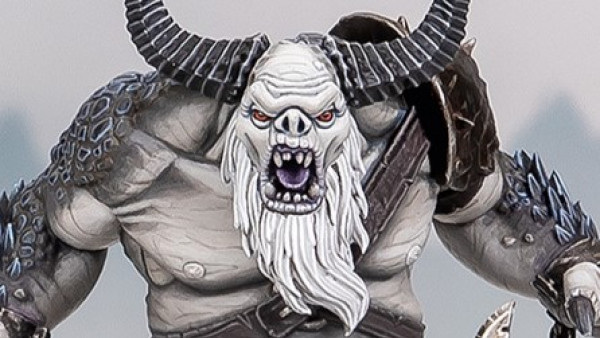
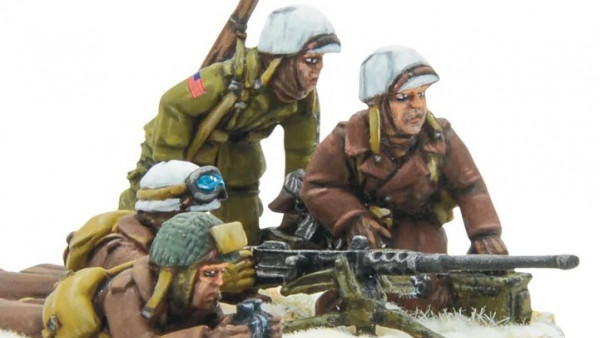



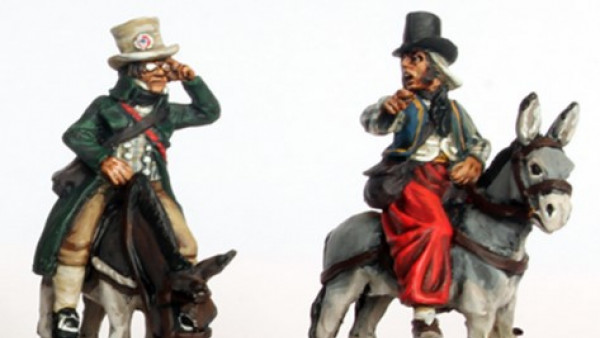
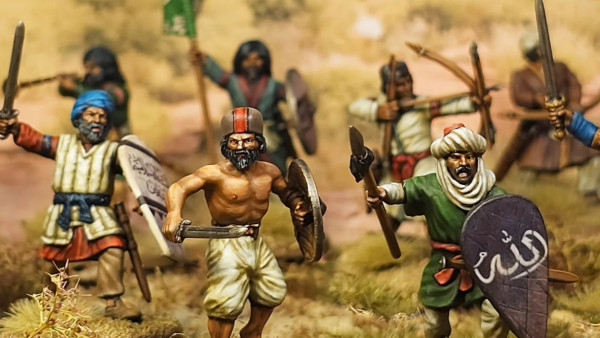


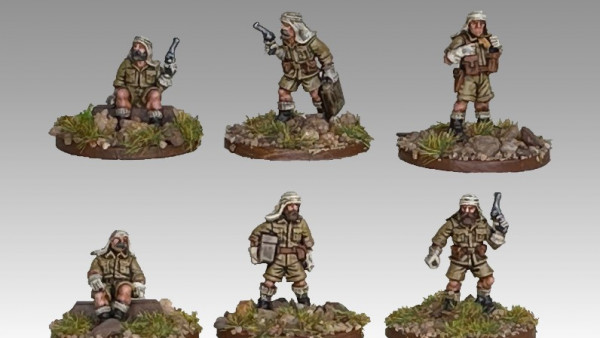



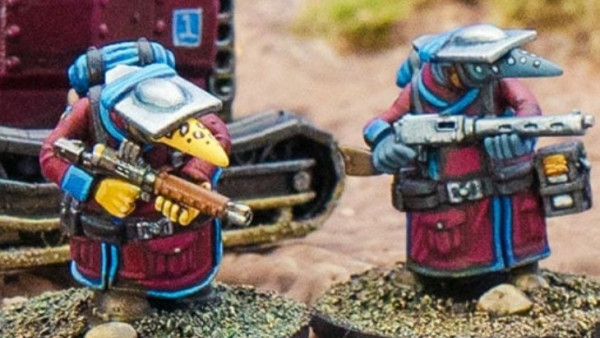
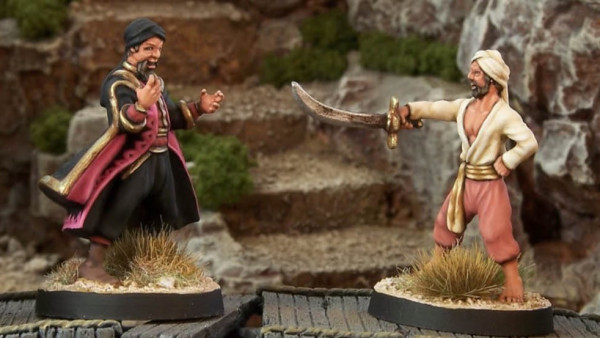



Leave a Reply